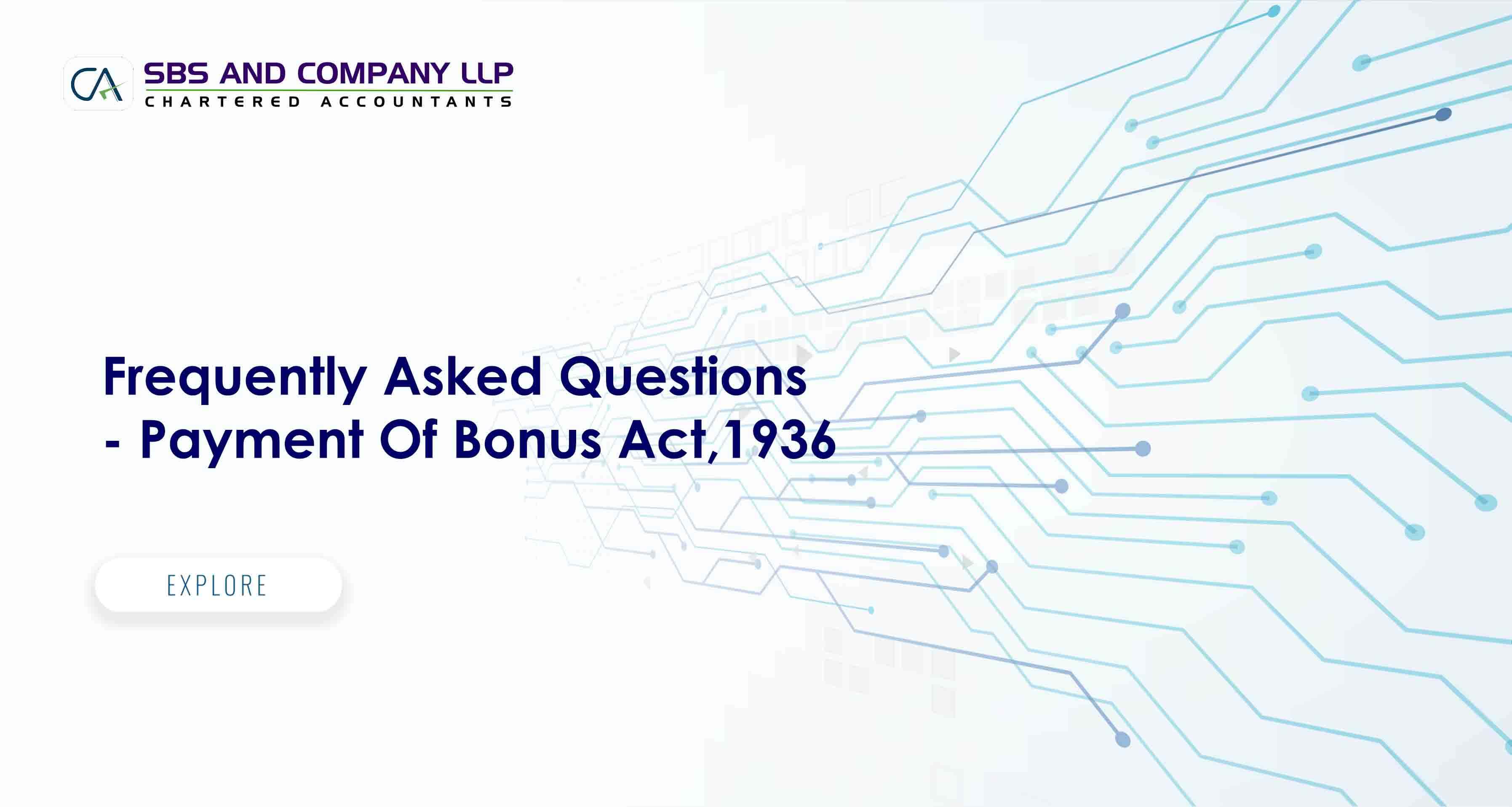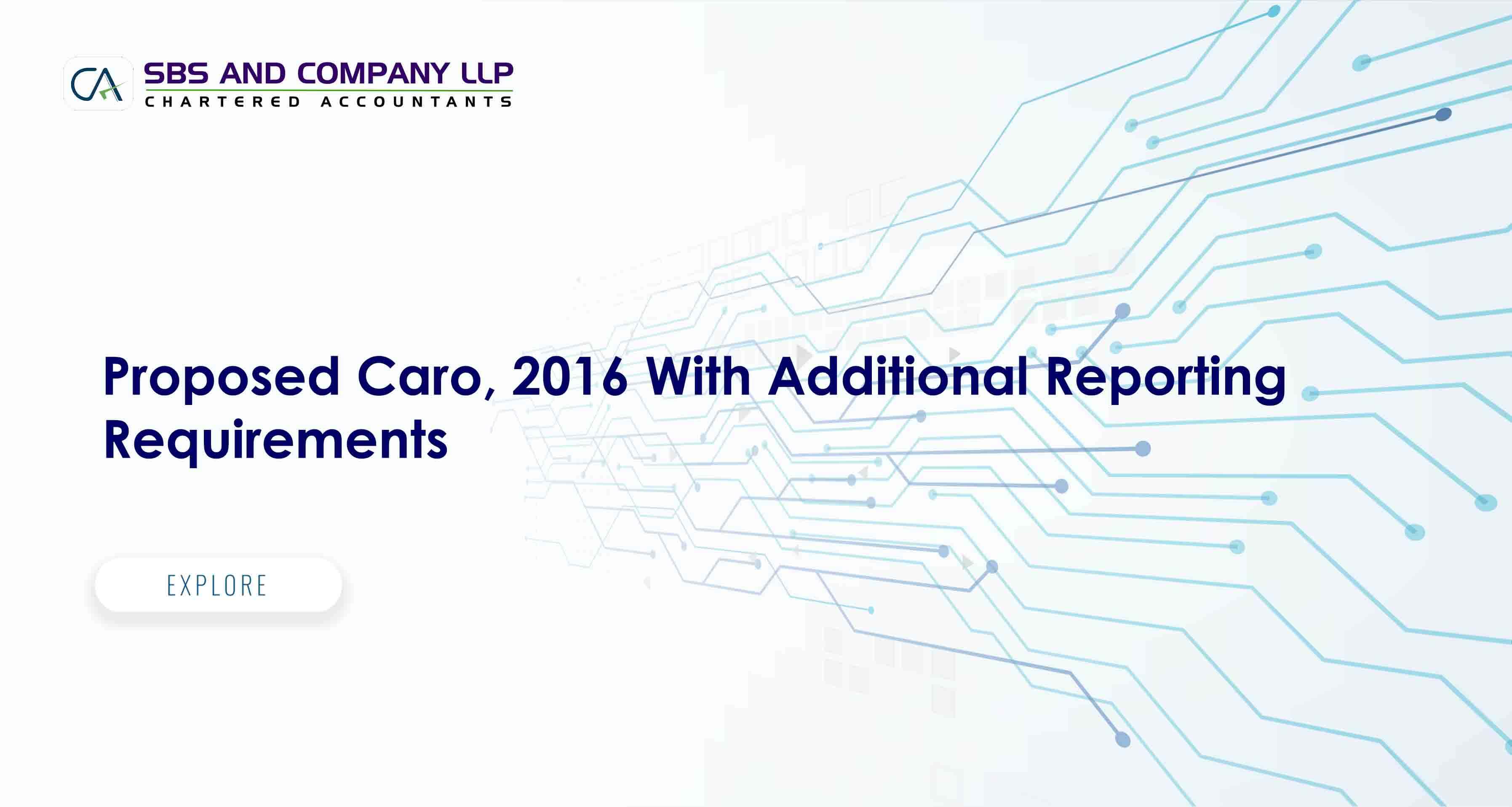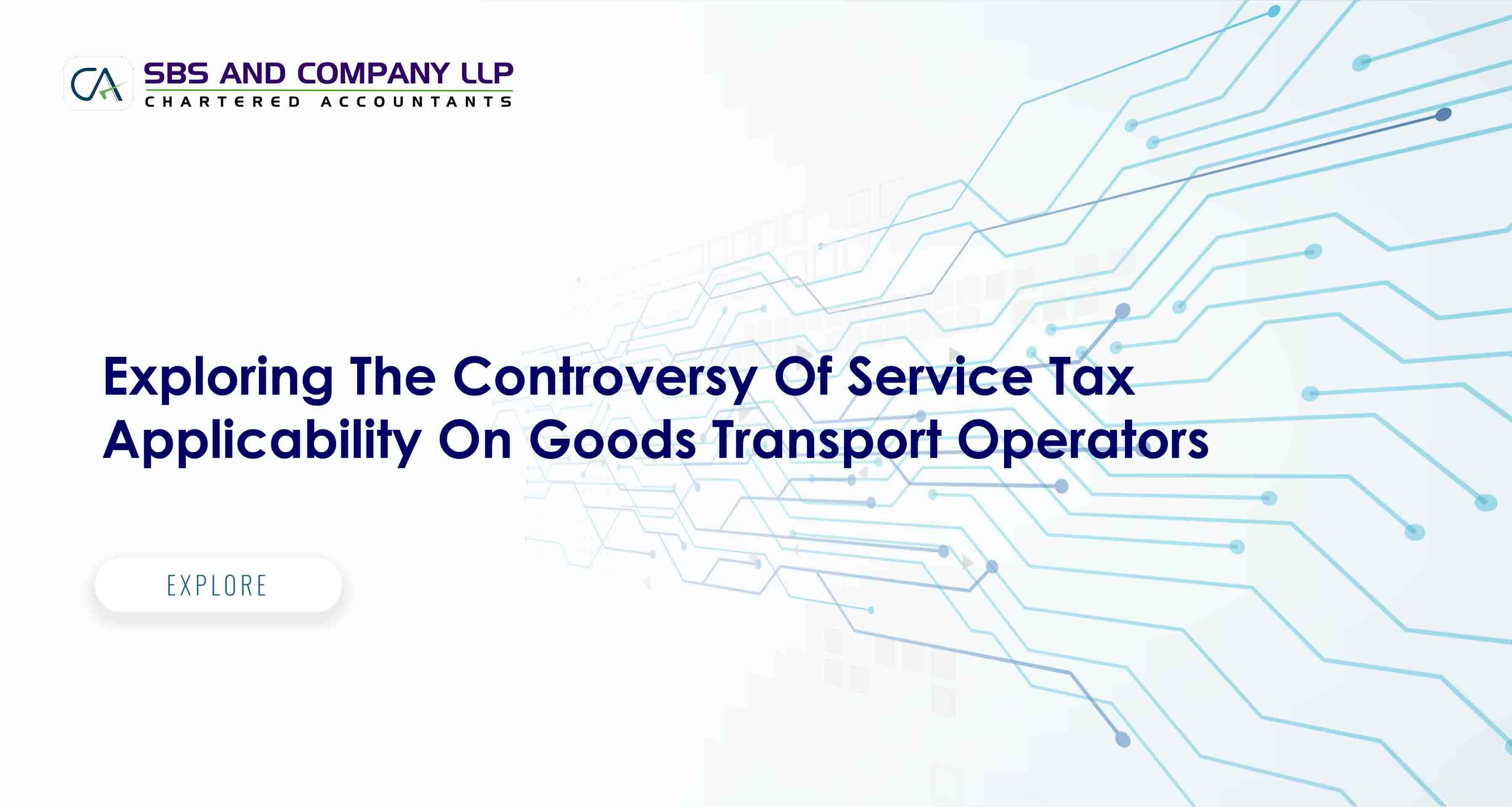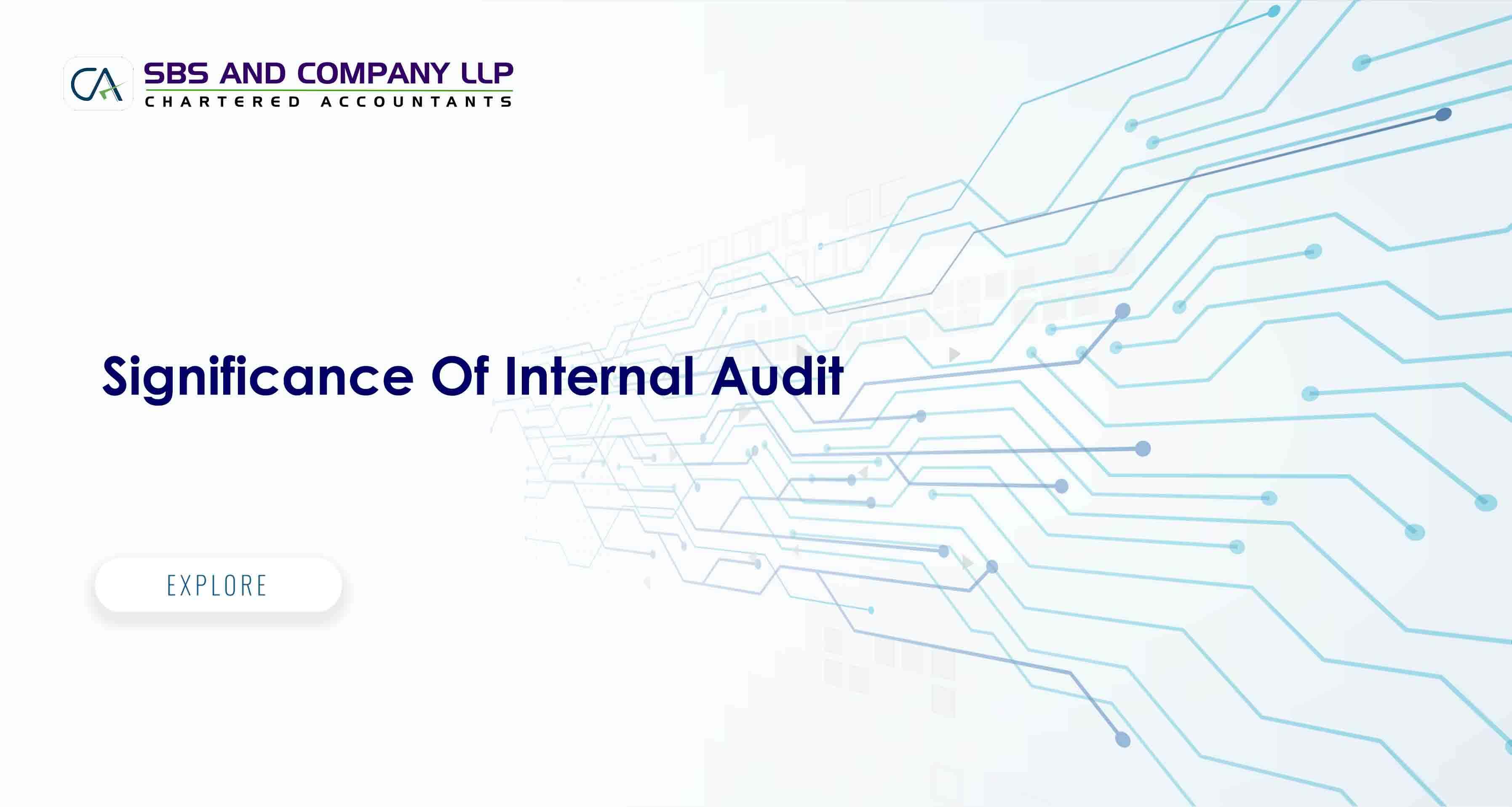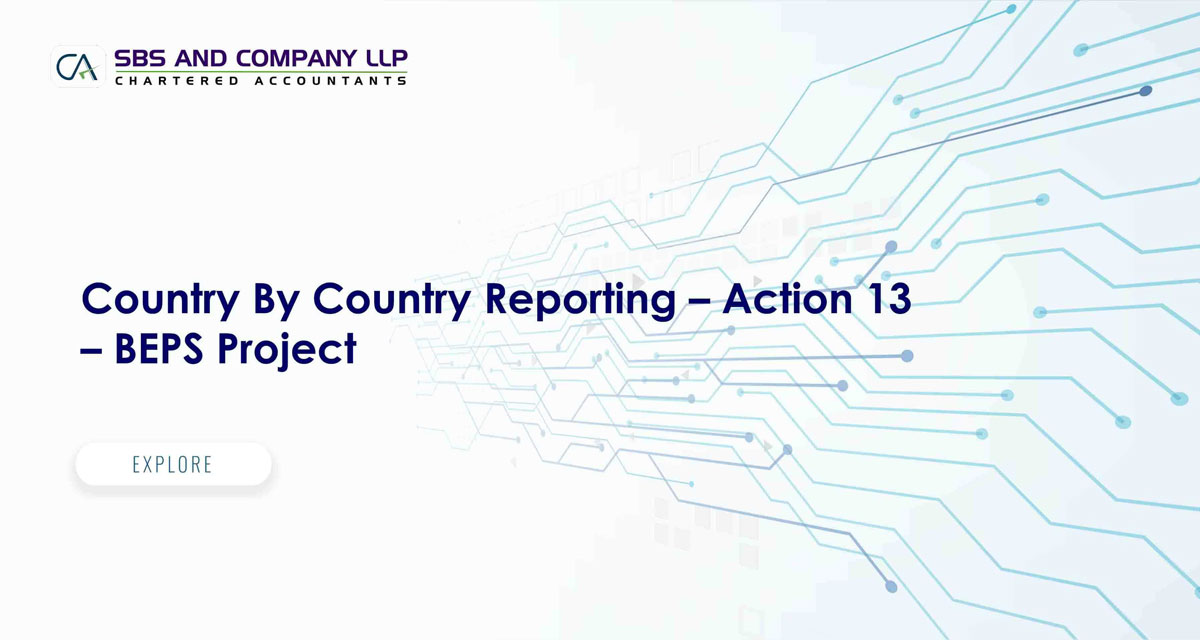Action 13 of the action plan on base erosion and profit shifting (BEPS action plan, OECD, 2013) requires the development of “rules regarding transfer pricing documentation to enhance transparency for tax administration, taking into consideration the compliance costs for business. The rules to be developed will include a requirement that MNEs provide all relevant governments with needed information on their global allocation of the income, economic activity and taxes paid among countries according to a common template”.
In response to this requirement, a three-tiered standardised approach to transfer pricing documentation has been developed.
First, the guidance on transfer pricing documentation requires multinational enterprises (mne’s) to provide tax administrations with high-level information regarding their global business operations and transfer pricing policies in a “master file” that is to be available to all relevant tax administrations. A brief checklist of info to be filed/maintained is provided in the later part of the article.
Second, it requires that detailed transactional transfer pricing documentation be provided in a “local file” specific to each country, identifying material related party transactions, the amounts involved in those transactions, and the company’s analysis of the transfer pricing determinations they have made with regard to those transactions. Local files are basically the TP documentations maintained as per the local tax laws (rule 10D currently in India)
Third, large mne’s are required to file a country-by-country report that will provide annually and for each tax jurisdiction in which they do business the amount of revenue, profit before income tax and income tax paid and accrued. It also requires mne’s to report their number of employees, stated capital, retained earnings and tangible assets in each tax jurisdiction. Finally, it requires mne’s to identify each entity within the group doing business in a particular tax jurisdiction and to provide an indication of the business activities each entity engages in. This is basically presenting and populating the data in the following tables:
Taken together, these three documents (master file, local file and country-by-country report) will require taxpayers to articulate consistent transfer pricing positions and will provide tax administrations with useful information to assess transfer pricing risks, make determinations about where audit resources can most effectively be deployed, and, in the event audits are called for, provide information to commence and target audit enquiries. This information should make it easier for tax administrations to identify whether companies have engaged in transfer pricing and other practices that have the effect of artificially shifting substantial amounts of income into tax-advantaged environments.
Countries participating in the BEPS project agree that these new reporting provisions, and the transparency they will encourage, will contribute to the objective of understanding, controlling, and tackling BEPS behaviours.
The specific content of the various documents reflects an effort to balance tax administration information needs, concerns about inappropriate use of the information, and the compliance costs and burdens imposed on business. Some countries would strike that balance in a different way by requiring reporting in the country-by-country report of additional transactional data (beyond that available in the master file and local file for transactions of entities operating in their jurisdictions) regarding related party interest payments, royalty payments and especially related party service fees. Countries expressing this view are primarily those from emerging markets (argentina, brazil, people’s republic of china, colombia, india, mexico, south africa, and turkey) who state they need such information to perform risk assessment and who find it challenging to obtain information on the global operations of an mne group headquartered elsewhere. Other countries expressed support for the way in which the balance has been struck in this document. Taking all these views into account, it is mandated that countries participating in the BEPS project will carefully review the implementation of these new standards and will reassess no later than the end of 2020 whether modifications to the content of these reports should be made to require reporting of additional or different data.
Consistent and effective implementation of the transfer pricing documentation standards and in particular of the country-by-country report is essential. Therefore, countries participating in the OECD/G20 BEPS project agreed on the core elements of the implementation of transfer pricing documentation and country-by-country reporting. This agreement calls for the master file and the local file to be delivered by mne’s directly to local tax administrations. Country-by-country reports should be
filed in the jurisdiction of tax residence of the ultimate parent entity and shared between jurisdictions through automatic exchange of information, pursuant to government-to-government mechanisms such as the multilateral convention on mutual administrative assistance in tax matters, bilateral tax treaties or tax information exchange agreements (TIEAs). In limited circumstances, secondary mechanisms, including local filing can be used as a backup.
Threshold limit for applicability: These new country-by-country reporting requirements are to be implemented for fiscal years beginning on or after 1 january 2016 and apply, subject to the 2020 review, to mnes with annual consolidated group revenue equal to or exceeding euro 750 million. It is acknowledged that some jurisdictions may need time to follow their particular domestic legislative process in order to make necessary adjustments to the law.
In order to facilitate the implementation of the new reporting standards, an implementation package has been developed consisting of model legislation which could be used by countries to require mnc groups to file the country-by-country report and competent authority agreements that are to be used to facilitate implementation of the exchange of those reports among tax administrations. As a next step, it is intended that an xml schema and a related user guide will be developed with a view to accommodating the electronic exchange of country-by-country reports.
It is recognised that the need for more effective dispute resolution may increase as a result of the enhanced risk assessment capability following the adoption and implementation of a country-by-country reporting requirement. This need has been addressed when designing government-to-government mechanisms to be used to facilitate the automatic exchange of country-by-country reports.
Jurisdictions endeavour to introduce, as necessary, domestic legislation in a timely manner. They are also encouraged to expand the coverage of their international agreements for exchange of information. Mechanisms will be developed to monitor jurisdictions’ compliance with their commitments and to monitor the effectiveness of the filing and dissemination mechanisms. The outcomes of this monitoring will be taken into consideration in the 2020 review.
Changes expected in Budget 2016:
The Indian government in the upcoming budget in February end would be announcing the changes in the Indian TP regulations to be on par with the global updates in realtion to the BEPS project and CBCR reporting. The Indian counterparts of the global MNE’s should be maintaining the TP documentations (local files) in line with the global reporting’s as part of the CBCR or global TP documentations to avoid inconsistencies. With growing transparency and exchange of information’s it would be a very interesting period to see as to how the litigation statistics would respond.
Some Basic Questions to ponder upon:
- When is the first year companies will be expected to file?
The latest action 13 report suggests that countries participating in the OECDBEPS project will require groups to file in 201 7 in respect of FY16 results.
- What will happen if the ultimate parent company is located in a country which has not implemented CBC reporting?
The OECD agreement builds in a response for situations where a company’s parent jurisdiction does not implement (e.g., the parent is in the Cayman Islands), which is direct filing by the company in every country or possibly the substitution of a lower tier entity to serve as the parent for CBC collection and exchange purposes.
- What does the OECD mean by the term multinational group? Is it true that companies will not need to file if they are part of a privately owned group?
Action 13 refers to multinational enterprises (mnes) though it does not define mnes. Guidelines for multinational enterprises OECD201 1 gives the following description:
“a precise definition of multinational enterprises is not required for the purposes of the guidelines. These enterprises operate in all sectors of the economy. They usually comprise companies or other entities established in more than one country and so linked that they may coordinate their operations in various ways. While one or more of these entities may be able to exercise a significant influence over the activities of others, their degree of autonomy within the enterprise may vary widely from one multinational enterprise to another. Ownership may be private, state or mixed”
The latest implementation guidance provides that smaller and medium size enterprises (smes) with annual consolidated revenue of less than€750 million in the preceding year will not be required to file a CBC report. It states that no special industry exemptions should be provided, no general exemption for investment funds should be provided, and no exemption for non-corporate entities or non-public corporate entities should be provided.
Accordingly, unless a group falls within the sme definitionall groups holding overseas operations that form part of their consolidation will need to file, regardless of ownership structure.
- Who is the reporting mne? In a large multinational group, it is possible that consolidated accounts are prepared for financial investors at more than one level? For example, group Bis a 65% subsidiary of company A with the remaining 35% of shares being publically held and prepares consolidated financial statements.
Action 13 states that: ”a reporting mne is the ultimate parent entity of an mne group.”. In the case outlined above, in our view, only company A would have to submit the CBC report. The notes on the master file suggest that it would be possible to present the data on a divisional basis where for instance the business divisions operate independently. This courtesy does not seem to be extended to CBC reporting. However, if it would aid understanding and follow up, it might make sense to file addendum CBC reports broken down on divisional lines.
- What do companies need to consider in terms of preparing for real CBC reporting and master file/ local file?
Simply giving the OECD list of data points to internal audit and asking them to confirm that they can provide the data is likely to result in a rather mechanical result without the tax impact being considered. This is really something that should be done in cooperation between tax and accounting people.
Companies should consider whether they can get all the information e.g., independent subcontractors, or how they would be translating their figures from local to group currency in case they would report on local GAAP..
Consistency should be kept in mind here both in terms of consistency between the CBC report, master file and local file and also that the underlying TP documentation is consistent to "the message" in the CBC report delivered to the tax authorities. The outcome of a risk assessment analysis performed by the tax authorities based on the CBC report might be linked to other actions or information (hybrids/exchange of information - rulings etc).
- Confidentiality?
Action 13 requires tax authorities to ensure confidentiality of the report be maintained. However, mnes should prepare that certain aspects could become public. In certain countries, there is political agitation to make the documentation public. In the UK, both the labour and conservative party manifestos open the possibility of making the information public. The likelihood is high that questions from tax authorities and ensuing controversy will get media attention.
Master File Details:
|
Organization structure
|
Business description
|
Intangibles
|
Intercompany
financial
activities
|
Financial and tax
positions
|
|
Structure chart:
|
Important drivers
of business profit
|
Overall strategy
description
|
Financing
arrangements
for the group
|
Annual consolidated
financial statements
|
|
u Legal ownership
u Geographic
location
|
Supply chain of:
|
List of important
|
Identification of
financing entities
|
description of
existing unilateral
Advance Pricing
agreements
(APAs) and other
tax rulings
|
|
? 5largest products/
services by turnover
? Products/services
generating more
than 5% of turnover
|
intangibles and
legal owners
|
|
|
Main geographic
markets of above
products
|
List of important
intangible
agreements
|
Details of financial
transfer pricing
policies
|
|
|
|
List and brief
description of
important service
arrangements
|
R&D and intangible
transfer pricing
policies
|
|
|
|
|
Functional analysis
of principal
contributions to
value creation by
individual entities
|
Details of
important transfers
|
|
|
|
|
Business
restructuring/
acquisitions/
divestitures during
fiscal year
|
|
|
|
This article is contributed by Partners of SBS and Company LLP – Chartered Accountant Company You can be reached at This email address is being protected from spambots. You need JavaScript enabled to view it.


